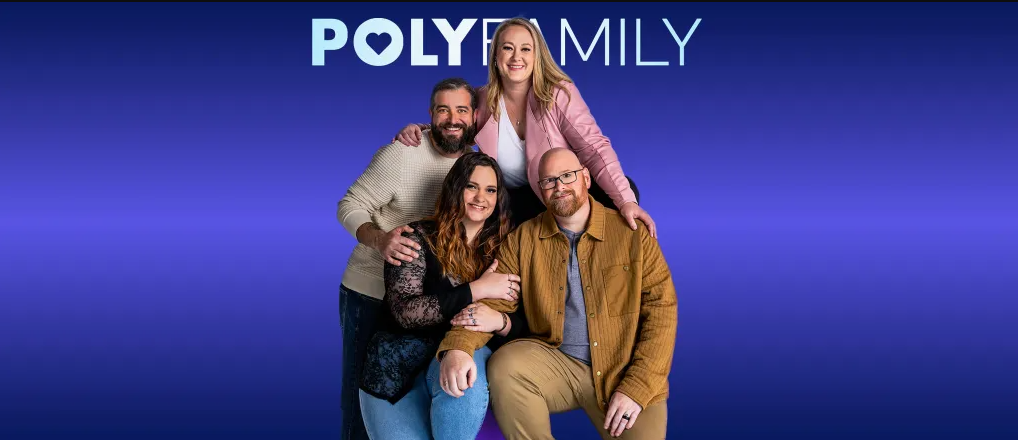In my last newsletter, we explored a positive example of polyamory done right: the Aubrey Marcus Trilogy. This week, we’re flipping the coin. Let’s talk about a far more common—and far more painful—portrayal of non-monogamy: the reality show PolyFamily.
Log in or subscribe to keep reading
This post is free to read but only available to subscribers. Log in or subscribe to get access to all posts.



